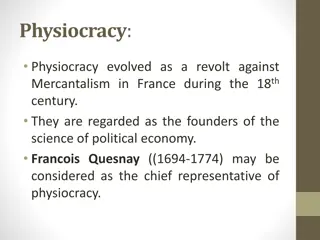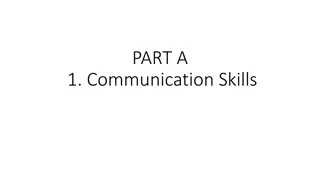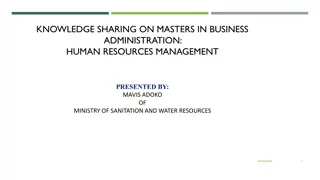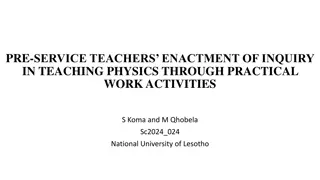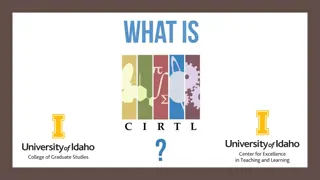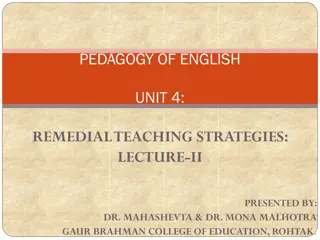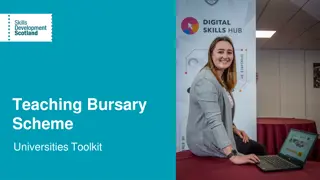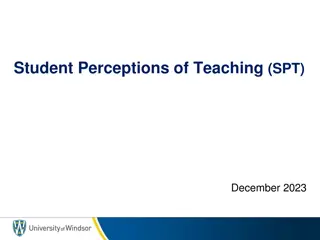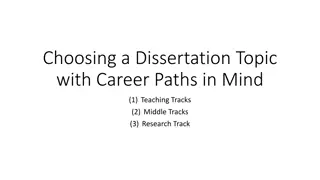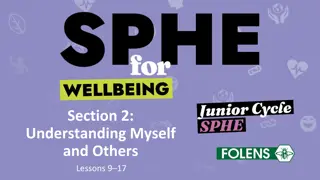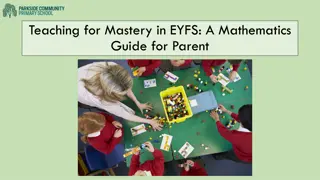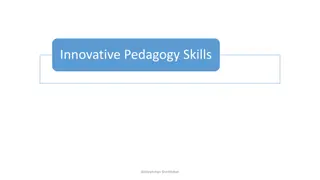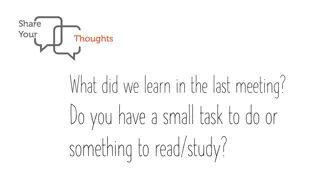Understanding Laissez Faire Teaching Styles
Laissez-faire teaching allows students to work independently without excessive oversight. This method emphasizes student autonomy and individualized instruction. The teacher's role is hands-off, promoting student self-reliance. This approach benefits self-motivated and capable learners.
Download Presentation
Please find below an Image/Link to download the presentation.
The content on the website is provided AS IS for your information and personal use only. It may not be sold, licensed, or shared on other websites without obtaining consent from the author. Download presentation by click this link. If you encounter any issues during the download, it is possible that the publisher has removed the file from their server.
Presentation Transcript
LAISSEZ FAIRE TEACHING BEHAVIOUR Laissez faire teaching behaviour and class management style is the direct opposite of autocratic teaching behaviour and class management style. person making all educational organization, group or team of students, laissez faire educational authority or teacher makes few decisions and their students and subordinates appropriate working solutions. Instead decisions of a single for an to choose
Laissez faire is also known as delegative teaching behaviour management style . It is a method that assesses the unique talents of each students and assigns accordingly. In other words, as long as the actions of a student are not adversely affecting the institution, students are allowed to use their all skills and ideas to complete their tasks how they see fit. and class responsibility
The laissez faire teacher is not very involved in the classroom. This teacher places few demands, if any, on the students and appears uninterested. The laissez faire teacher just does not want to impose on the students. As such, he often feels that class preparation is not worth the effort. generally
Thus, we have seen that the laissez faire teaching style gives students. A laissez faire teacher lacks direct supervision of his students and fails to provide regular feedback to those under his supervision. Highly experienced and trained students requiring little supervision fall under the laissez faire teaching style. authority to
Characteristics of laissez faire teaching behaviour # The teacher accepts the students impulses and actions and is less likely to monitor their behaviour. # The teacher strives not to hurt the students feelings saying no or enforcing rules. and has difficulty
# If a student disrupts the class, the teacher may assume that the student is not getting enough attention. # When a student interrupts a lecture, the teacher accepts the interruption with the belief that the student must surely have something valuable to add.
Advantages of laissez faire teaching behaviour 1. It encourages personal growth: This teaching style creates an environment that facilitates development. 2. It encourages freedom given to encourage creativity and innovation. growth and innovation: students The can
3. It encourages team members to explore new ideas: Although laissez faire is sometimes seen as being lazy or uninvolved, it can applied to encourage innovation. 4. It generates satisfaction for the work being done: Under laissez faire, the independence provided allows individuals to complete tasks on their own on a regular basis. be strategically individual more individual
Disadvantages of laissez faire teaching behaviour 1. It downplays the role of the teacher on the students: The role of the teacher is downplayed because that person takes such a hands-off there is a little guidance being offered to the team, some members might try to step-in to take on a leadership role when they are not qualified to do so. approach. Because
2. leadership: Laissez faire allow teachers to avoid their leadership responsibilities. 3.It is a teaching style which students can abuse: Some students may try to take advantage of the situation to their own benefit. They might submit false records of projects or paperwork to get appreciation and awards. It allows teacher to avoid
THANK THANK YOU YOU


